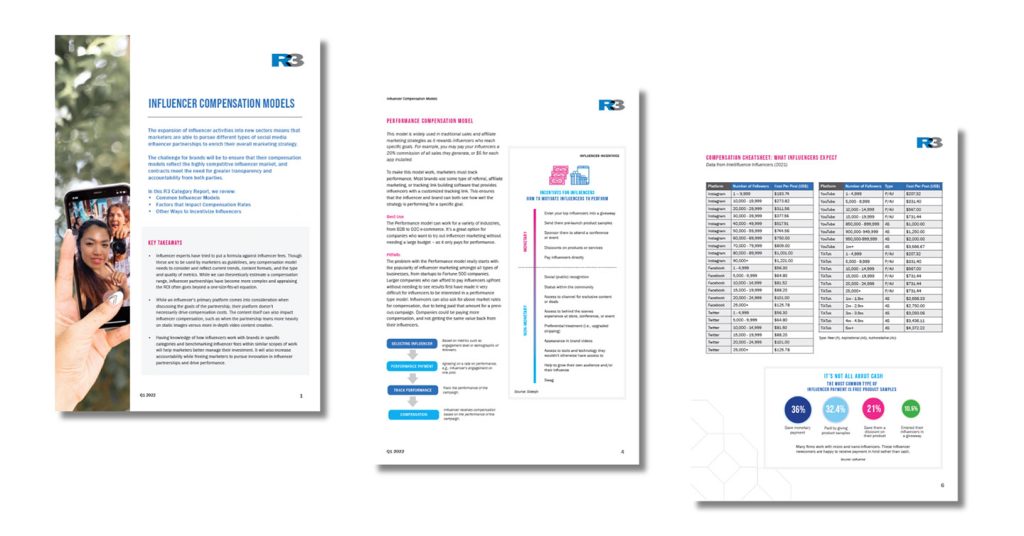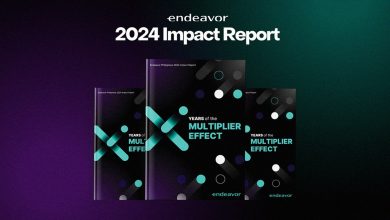MANILA, PHILIPPINES — In a recent article, global marketing consultancy R3 has highlighted a few key social media trends for Filipino marketers based on its recent private marketing roundtable in Manila. While the first article dug deep into social media trends, R3 furthers the discussion with influencer trends Filipino marketers need to know when engaging with influencers:
- Trust and Reputation: Brand or product endorsements from trustworthy influencers are crucial for building brand trust and reputation in the Philippines. This is a market strongly influenced by word-of-mouth, evident from the 70% of Filipino online shoppers who have made purchases based on influencer recommendations. With over 40% of consumers using social media to find products to purchase, marketers should leverage partnerships with social influencers and content creators to tap into loyal follower bases.
- Platform Choice: Instagram remains the preferred platform for influencer campaigns, with 49% of marketers utilizing it. Facebook follows closely at 31%, while YouTube accounts for 15% of influencer efforts. While TikTok has grown exponentially in terms of user base, it is interesting to note that influencer content from the Philippines on the platform decreased by 13.96% from 2021 to 2022. The current level of influencer investment on TikTok may be low due to platform maturity, insufficient platform understanding, and a misguided perception of platform audience being too young.
- Category Choice: Fashion & Beauty (25.92%), Arts & Entertainment (23.69%), and Food & Beverages (10.70%) are the top influencer categories in the Philippines, with Travel and Hospitality posing a strong contender for the top placements. Visually appealing categories involving desirable items or experiences show the most popularity among viewers. Among these categories, the top platforms are Instagram for Fashion & Beauty, TikTok for Arts & Entertainment, and Facebook for Food & Beverages.

The rich ecosystem of influencer marketing in the Philippines
More than half of Filipino internet users follow influencers on social media — indicating a significant interest and engagement with influencer content. Filipinos also tend to trust word-of-mouth marketing and feedback more than promises made in traditional ads. They value honest reviews and real experiences with products. As a result, influencer promotions are more likely to convince Filipino digital customers compared to traditional ads. The combination of a large follower base, high trust in influencers, and a preference towards word-of-mouth marketing make the Philippines a key market for influencer marketing techniques.
How partnering with influencers and building presence on social platforms have changed the way Filipinos consume branded content
As more brands form partnerships with influencers, marketers need to prioritize partnering with influencers whose content align with their brand values, and who can consistently produce quality content. There is a growing trend of celebrities in the Philippines producing more content on social media to better connect with their fans. Brands should take the opportunity to leverage the popularity and reach of these recognizable personalities to boost brand awareness and access a wider audience. Overall, these changes have created a more dynamic content consumption landscape for Filipinos, while offering brands new avenues to connect with their target audience.
Establishing reputation, targeting customers, and building trust through the help of influencers
Research in the Philippines shows influencers that have the most impact among their followers are those who have been consistently producing similar types of quality content, or who are able to successfully convey impactful stories to their followers. Additionally, live streaming has gained popularity in recent years — providing authentic and real-time connection between influencers and their audiences. Effective influencers use content creation and streaming to gather a following that agrees with and trusts in their key values and messages. Brands can tap into the trust and reputation that these influencers already enjoy by aligning their marketing strategies with the influencers’ existing content.
What picking the right platform and category can mean for marketers
Prioritizing partnerships with trustworthy influencers who align with brand values and possess genuine followings is essential, as well as understanding the target audience and selecting the right platform. While there are brands with in-house influencer management teams, many brands still rely on agency partners to recommend best-fit influencers, as well as manage influencer campaigns. Marketers could also seek clearer transparency of the influencer management process through an audit that evaluates the buying cost, contract fulfillment, and campaign process.
How these trends can affect future social media campaigns
Working with reputable influencers who align with brand values provides consistency in messaging, which in turn builds trust among customers in the long run. It is important to identify a suitable agency and influencer management model with the right governance and evaluation framework, as well as internal and external ways of working. This will provide the foundation for effective collaborations with influencers who genuinely advocate for your brand, going beyond just formal posts.
Brands have to stay agile and flexible when working with influencers, as they are unable to fully dictate everything a content creator puts out. There must be gate rails in place for any partnership to safeguard both the brand and influencer, and marketers need to trust the influencer to stay within the guidelines.
An emerging trend in influencer marketing is leveraging upon larger numbers of nano-influencers and micro-influencers for more action-based influencer marketing campaigns, and upon key macro-influencers for more awareness-based campaigns.
The takeaway for brands
Exclusivity is not an expectation of influencers to brands and agencies. Today, the same influencer can act as a free agent to represent multiple brands, categories, and verticals.
As marketing spend on influencers increase, there will also be more scrutiny internally from procurement and management to drive cost efficiencies and prove effectiveness. Marketers need to establish an internal KPI framework for influencer marketing, and set clear guidelines and consistent R&R for your agency partners.
Learn more about R3 at rthree.com. Download R3’s latest report on Influencer Compensation Models here: https://rthree.com/insights/influencer-compensation-models/









